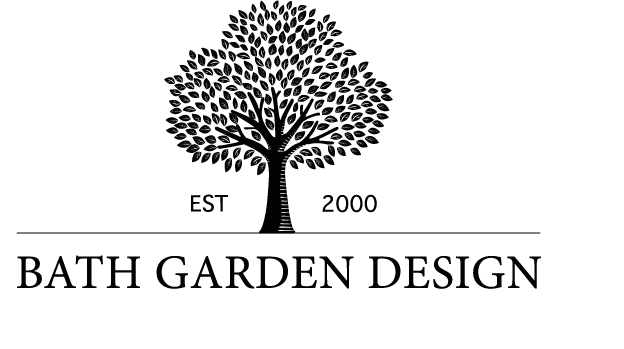Attract Wildlife to Your Garden Without Compromising on Style
In recent years, the naturalistic gardening movement has gained incredible momentum. As we all grow more conscious of our environmental impact, homeowners across Somerset and Wiltshire are seeking creative, stylish ways to support biodiversity — without sacrificing beauty and elegance in their outdoor spaces.
At Bath Garden Design, we believe that even the most refined garden can also be a haven for wildlife. Whether you have a sprawling country estate or a compact courtyard, there are an abundance of design-led solutions that can help you support local flora and fauna while enhancing the overall look and feel of your garden.
Why Naturalistic Garden Design Matters
Naturalistic gardening celebrates planting schemes that reflect nature itself — embracing a more relaxed, flowing aesthetic while supporting native species and pollinators. It’s not about letting your garden go wild, but rather about cultivating a diverse and dynamic environment that works in harmony with nature.
By weaving biodiversity into your garden’s design, you're not only contributing to ecological health, but also introducing movement, colour, and seasonal interest that evolves beautifully throughout the year.
Wildflower Meadows: Beauty Meets Biodiversity
Wildflower meadows are one of the simplest and most effective ways to bring pollinators into your garden. Whether you have acres of land or just a quiet corner beneath an apple tree, you can create a low-maintenance meadow that buzzes with life.
A domestic-scale wildflower patch can be as small as a few square metres. These mini-meadows attract bees, butterflies, and other beneficial insects, all while adding soft colour and texture to your space. For maximum effect, choose a seed mix that combines native wildflowers and grasses suited to your soil type.
The Power of Native Plants and Pollinator-Friendly Design
When designing a wildlife-friendly garden, native species are your best friend. Trees and hedging such as hawthorn, hazel, beech, yew, and dogwood support countless birds, insects, and small mammals.
To draw in pollinators, plant a rich mix of flowering trees, shrubs, and perennials that bloom across the seasons. Aim for a garden that offers nectar from early spring to late winter—this continuous food source will help sustain bees, butterflies, and other pollinators throughout the year.
Pro tip: Variety is key. Avoid large blocks of the same plant species. Instead, interplant with a wide range of textures, colours, and bloom times to mimic the diversity found in natural ecosystems. The more variety, the more vibrant and resilient your garden becomes.
Embrace Grasses for Year-Round Structure and Shelter
Ornamental grasses are a brilliant addition to a naturalistic planting palette. Varieties such as Miscanthus, Stipa, and Panicum offer movement and architectural beauty throughout the seasons.
These grasses are not only drought-tolerant and low maintenance, but they also provide essential winter shelter for insects and small mammals. Left standing during the colder months, they capture frost beautifully and offer textural contrast against evergreens and seedheads.
Add Water Features to Elevate Your Garden and Support Wildlife
Water brings magic to a garden—and it’s a lifeline for wildlife. From birds and frogs to bees and dragonflies, a simple water source can attract an incredible array of visitors.
Whether you opt for a Corten steel bowl, a reclaimed stone trough, or a galvanised container, water features can be seamlessly integrated into your design. For enhanced biodiversity, include native aquatic and marginal plants to oxygenate the water and provide shelter.
In Bath and surrounding areas, where many gardens sit on a slope, we often recommend pond-less waterfalls—a naturalistic solution that uses recirculating water and cleverly placed boulders and terracing. These features offer the tranquillity and drama of running water with minimal maintenance and reduced risk for families with young children.
Designing Gardens with Purpose and Awareness
At the heart of wildlife-friendly garden design is a simple question: What are we planting—and why? By observing natural plant communities and integrating their patterns into our own spaces, we create gardens that are both resilient and rich in life.
At Bath Garden Design, we blend luxury with sustainability, creating timeless landscapes that honour the land and nurture the wildlife that calls it home.
Ready to transform your garden into a beautiful, biodiverse sanctuary?
Explore our full range of garden design and estate services across Somerset and Wiltshire.

